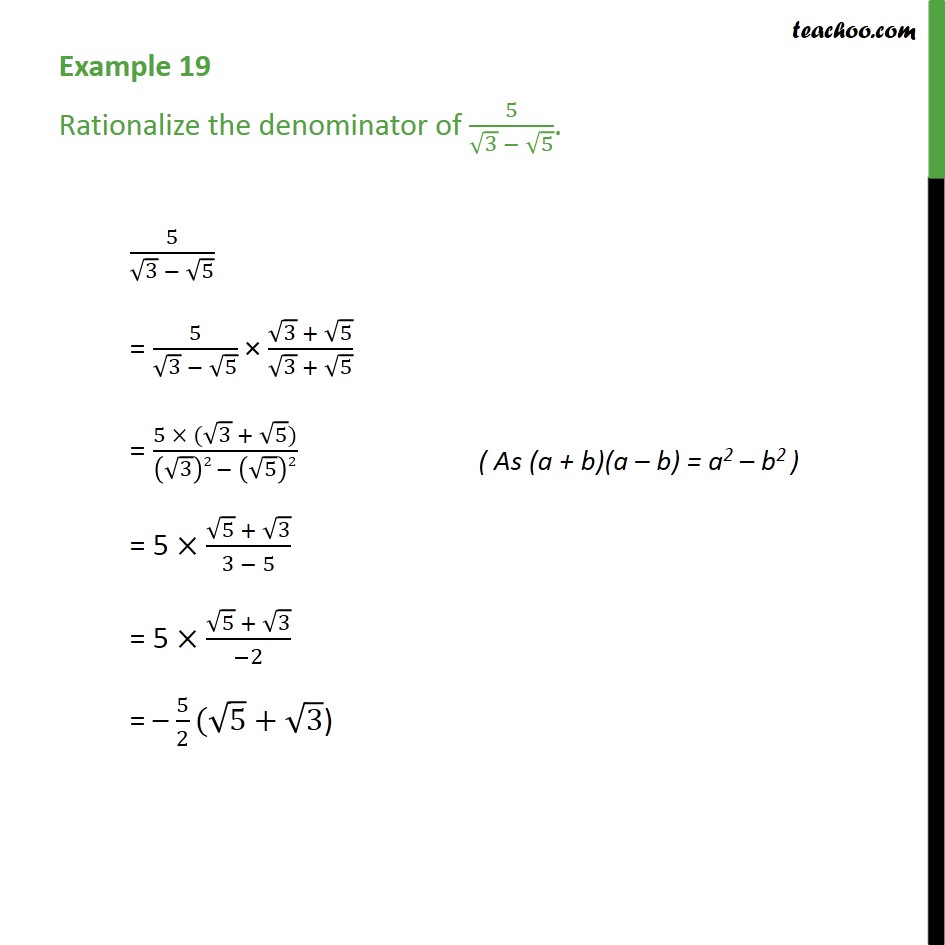

Calculations tend to get rougher and rougher with every such root.

The problem is that such expressions are often irrational, i.e., cannot be written accurately (without rounding) as a fraction. In general, calculating radicals is difficult. How would we find the answer without that? Or what would be, say, 8√390,624? It certainly isn't 5, but it doesn't look like 4 either. This time, we began the whole thing by finding out that 5 8 = 390,625.

For the 5 8 = 390,625 from before, this means that in order to retrieve the number that we raised to the 8-th power, we need to find the 8-th root: 8√390,625 = 5. Radicals (also called roots) are the inverse operation to exponents. To be precise, when we look at the 8 * 5 = 40 above and want to find out what it was that we multiplied 8 by, it's enough to find the quotient 40 / 8 = 5. We can easily find the inverse operation for the first of the above - it's division. For example, if the operation is addition, then we can reverse it using subtraction. In other words, when we look at the result, we'd like to be able to figure out where it came from. Whenever we have some mathematical operation, scientists like to have some way to work it backward. Unfortunately, even though we've successfully avoided insanity, all this talk made mathematicians add some new questions to the pile. Again, there's a far easier way - exponents. Similarly, when we go one step further and need to multiply by the same value several times, it would be really troublesome to write all the *-s. Like when you have to add the same number several times when you can use multiplication instead. Have we ever told you the definition of insanity? It's repeating the same thing over and over again instead of doing it in a faster, simpler way.


 0 kommentar(er)
0 kommentar(er)
